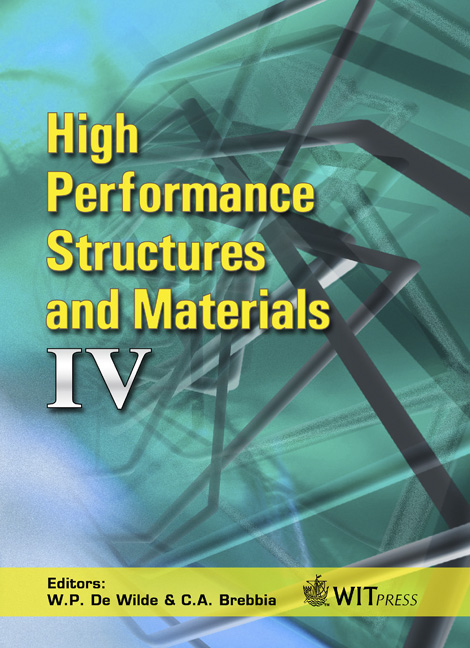Behavior And Design Of HSC Members Subjected To Flexure
Price
Free (open access)
Transaction
Volume
97
Pages
6
Page Range
83 - 88
Published
2008
Size
1,157 kb
Paper DOI
10.2495/HPSM080091
Copyright
WIT Press
Author(s)
C. Magureanu, B. Heghes & D. Moldovan
Abstract
This paper presents an overview of the research on the flexural behavior of HSC members. The study has resulted in the identification of factors that affect the flexural behavior and design of reinforced concrete members made of HSC. The paper also identifies relevant design issues to extend the current concrete compressive strength limit of about 85 MPa in the Romanian code and EC2 design specification Keywords: beam, flexural members, high strength concrete. 1 Introduction Revolutionary evolutions related to novel materials of construction and modifications and improvements in the behavior of traditional materials have taken place in recent decades. The 21st century definitively will be the millennium of high performance and high strength concrete because the application of the strength concrete in the design of various engineering structures is being constantly increased in different parts of the world. High-strength concrete is a brittle material and its brittleness increases proportionally with an increase of its strength. It is necessary to provide a greater ductility of elements of HSC in order to apply them in seismic prone areas. The study report in this paper mainly investigates the implications of using HSC in reinforced concrete flexural members. 2 Experimental program The experimental program contained a number of twelve simple reinforced concrete beams, tested at bending. The beams were realized with concrete with a mean compressive strength of 85MPa, with a constant length of L=3200mm and
Keywords
beam, flexural members, high strength concrete.





